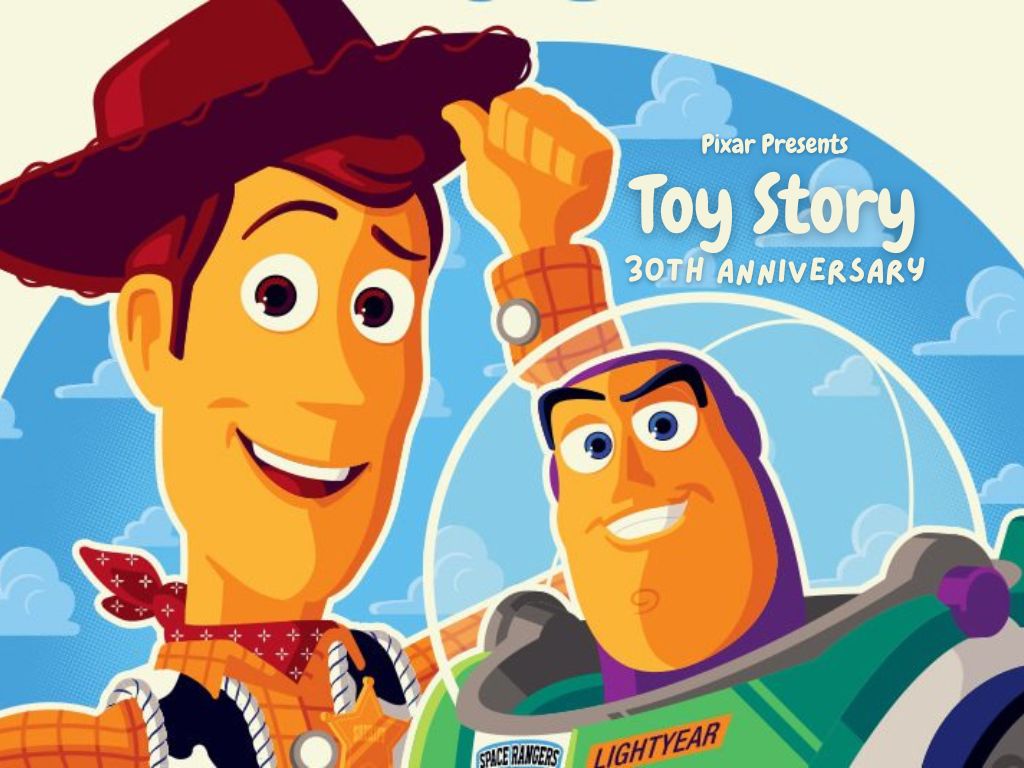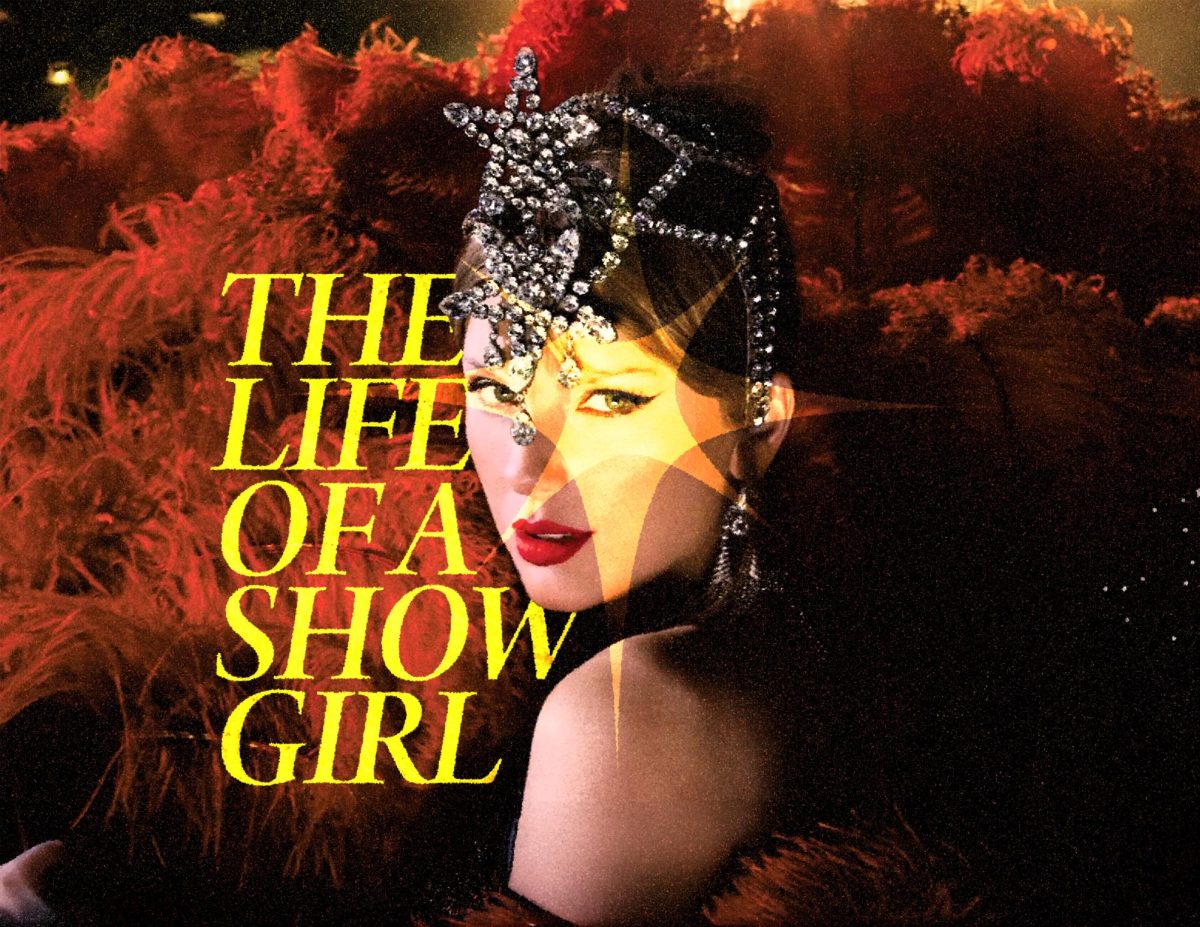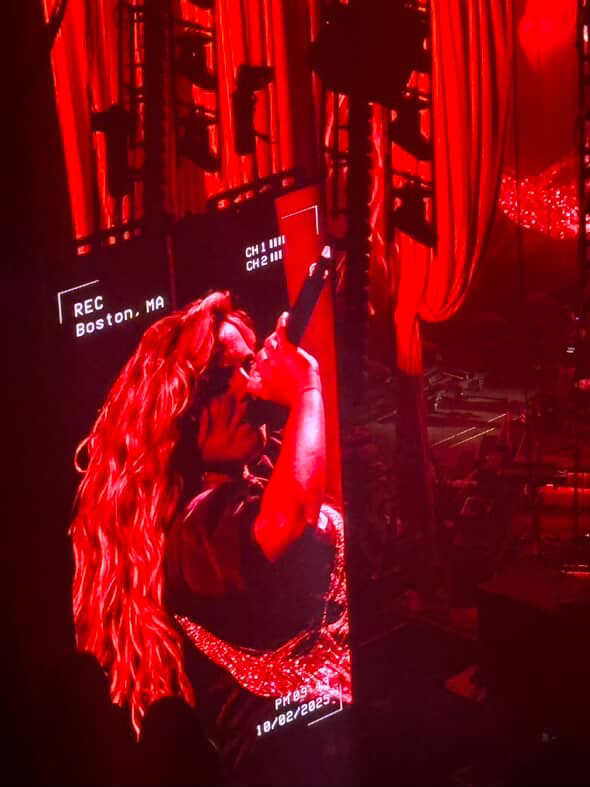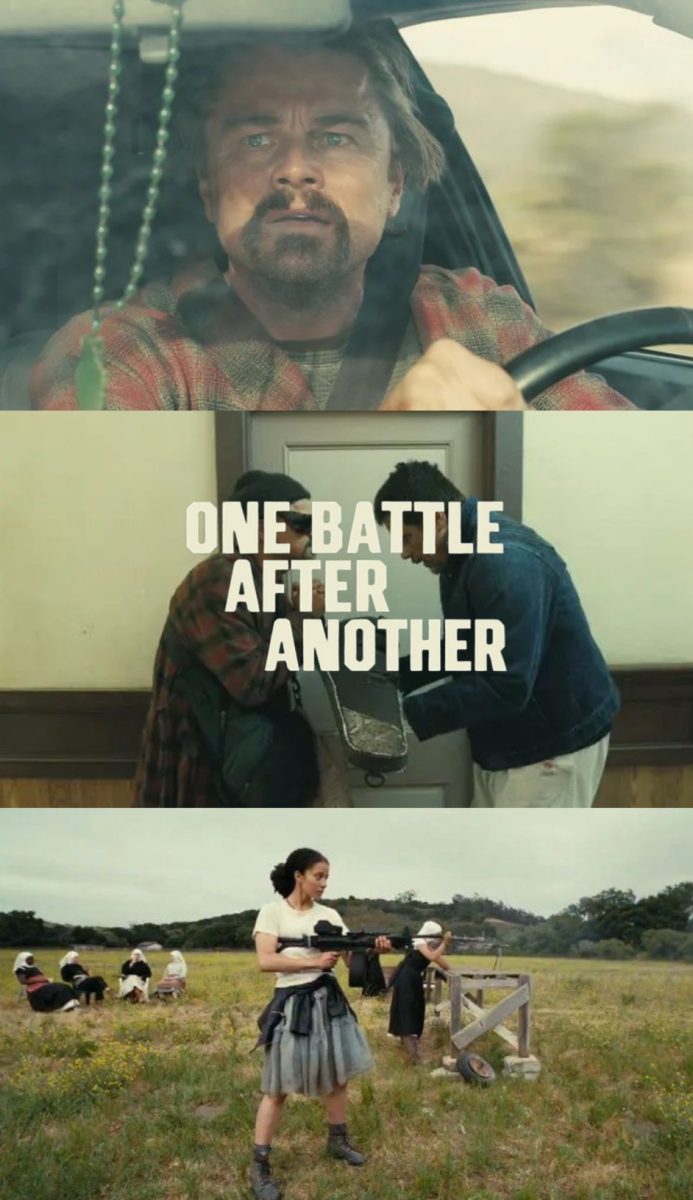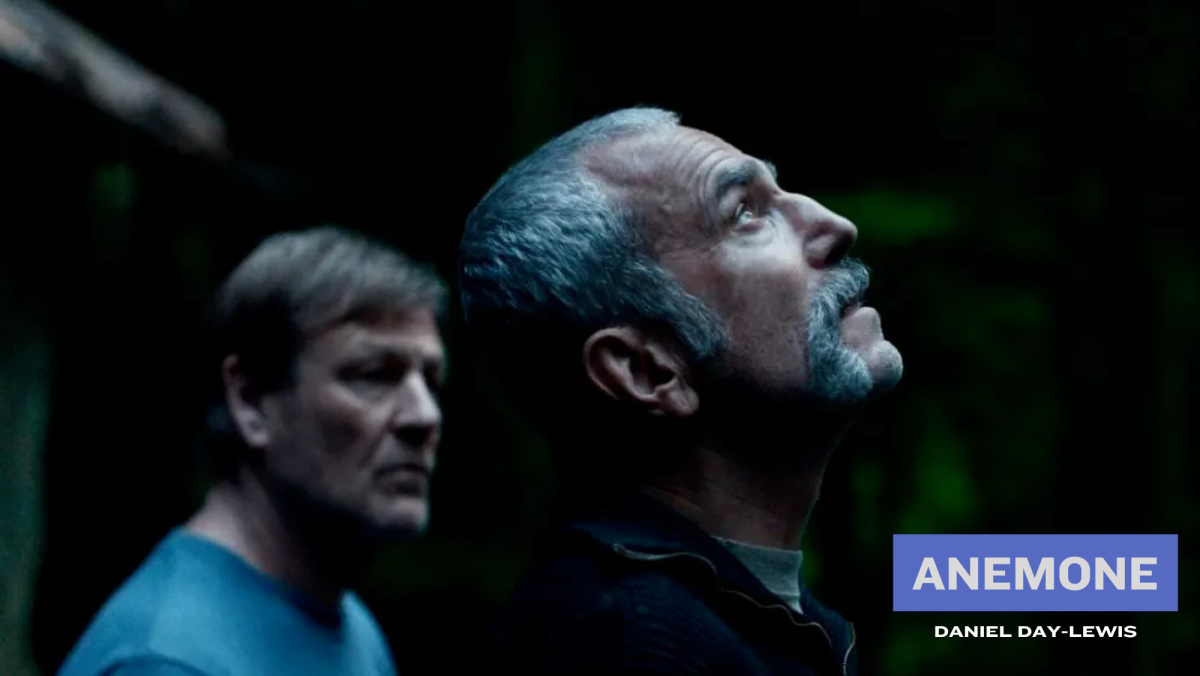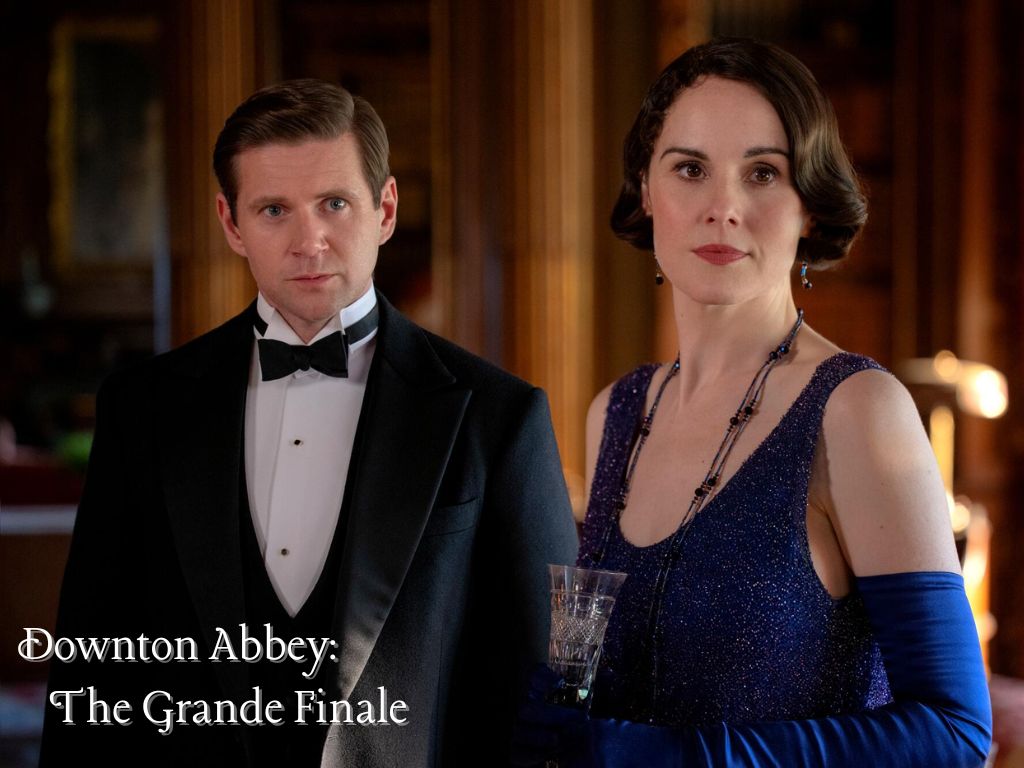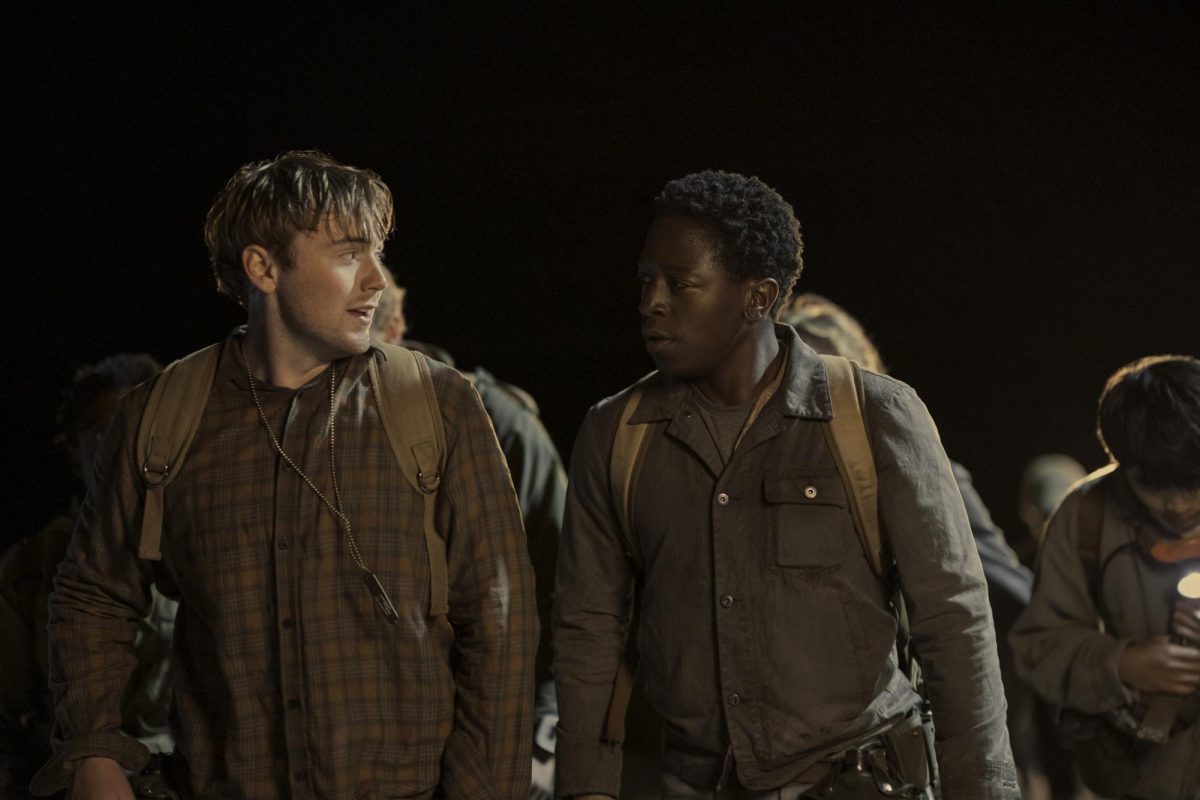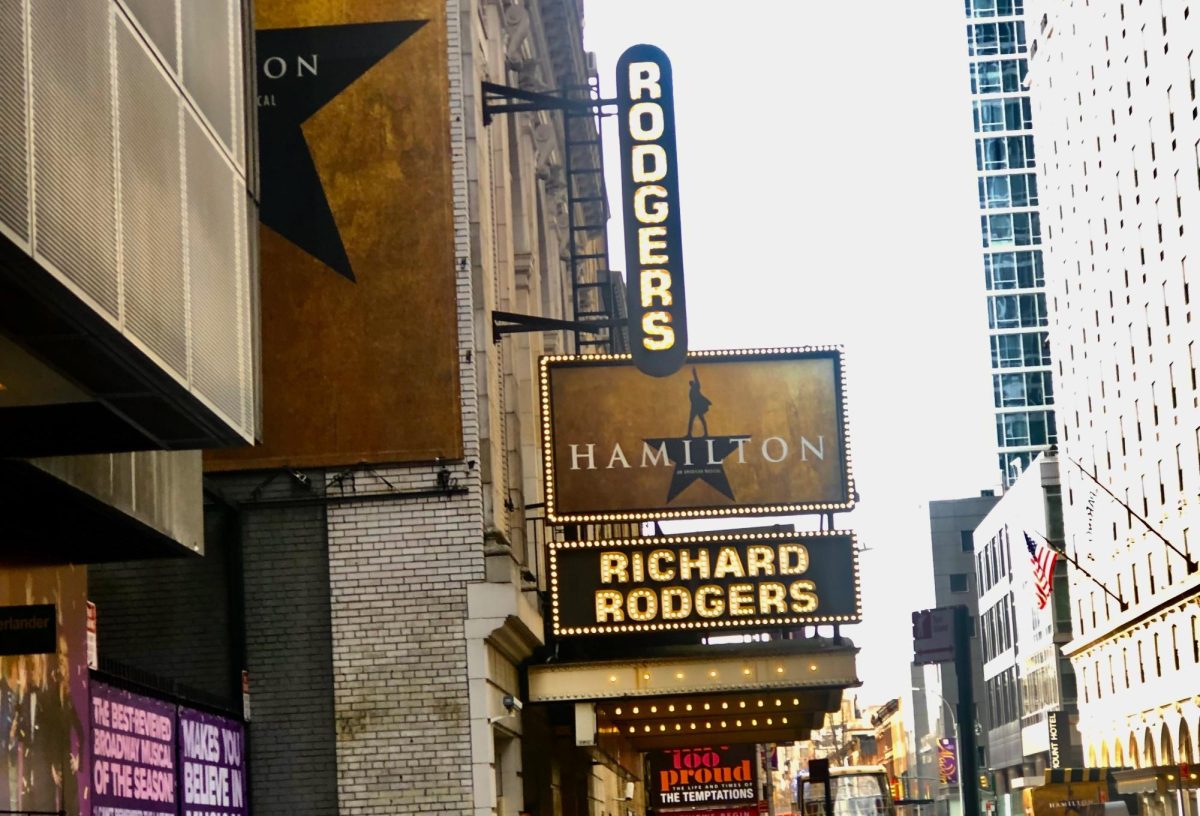When “Toy Story” hit theaters in 1995, it wasn’t your traditional animated film; it broke what was more than a century old tradition. At a time when Walt Disney Animation Studios dominated with hand-drawn classics like “The Little Mermaid” and “Beauty and the Beast,” Pixar’s first fully computer-generated feature was a bold, groundbreaking achievement that helped redefine the future of animated films. Now, celebrating its 30th anniversary, “Toy Story” returns to select theaters, inviting audiences to relive the magic that changed animation forever.
Disney’s hand-drawn characters had long been the backbone of animation films, but by the mid 1990s, computers were ready to revolutionize the animation industry. Interestingly, Pixar didn’t start as a typical studio. It began as a technology lab called “The Graphics Group,” a part of the computer division of George Lucas’ Lucasfilm. The graphics group was in charge of creating digital tools for editing, graphics and visual effects.
Under computer scientist Ed Catmull and former Disney animator John Lasseter, the group combined technology with storytelling. In 1986, when Steve jobs bought the division and renamed it what we now recognize as Pixar, it began shifting from a research group into a studio capable of telling stories using computers.
With its new rebrand, Pixar began using CGI to make shorts, quickly becoming the company’s new foundation. Shorts like “Luxo Jr.” (1986) and “Tin Toy” (1988) weren’t just small experiences; they proved computer-generated imagery could capture personality and emotion, qualities once thought exclusive to hand-drawn animation films.
The real breakthrough came when Disney, impressed by Pixar’s technology, agreed to partner on a feature-length film. While the deal heavily favored Disney, for Pixar, it was a chance to paint a new wave for animation movies; a fully computer animated movie. The result was “Toy Story.” Its release didn’t just make a milestone for Pixar; it single-handedly led to the prominence of CGI across mainstream films, television and video games, setting a new standard for the animation industry.
The success of “Toy Story” didn’t end with one film. It launched an entire franchise with each installment building on both the technology and emotional depth of the original film. “Toy story 2” (1999) proved that a sequel could match the charm and quality of its first predecessor, while “Toy Story 3” (2010) evoked a feeling of bittersweetness with its theme of growing up and letting go. Even “Toy Story 4” (2019) introduced new layers of meaning to characters who had been on screen for nearly 25 years. Together, the series has grossed more than three billion dollars at the global box office, cementing its place as one of the most successful animated franchises in history.
While not the very first use of CGI in filmmaking, the film is recognized as the first fully computer-animated feature to achieve both critical and commercial success. The original film grossed $360 million worldwide on a budget of $30 million. Hollywood took notice: DreamWorks, founded by former Disney executive Jeffrey Katzenberg, rushed to produce its own CGI projects like “Antz” (1998) and “Shrek” (2001).
Other studios also had begun exploring CGI, gradually moving away from mostly hand drawn animations. Blue Sky Studios released “Ice Age” (2002), Sony Pictures Imageworks worked on projects like “Open Season” (2006) and Warner bros experimented with CGI on “The Iron Giant” (1999). Pixar had set the new standard, and the industry raced to keep up.
Pixar Innovations pushed Disney to rethink its approach leading the CGI hits like, “Tangled” (2010), “Frozen” (2013) and “Zootopia” (2016), while Pixar continued to release hit after hit with films like “Up” (2009), “Inside Out” (2015) and “Coco” (2017). These films proved animation could be technologically and emotionally profound.
Thirty years after “Toy Story” was released in theaters, its impact is still impossible to overlook. The film didn’t just introduce us to characters we all know and came to love, it sparked a revolution in how stories are now shown on screen.


